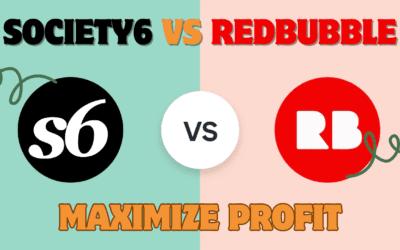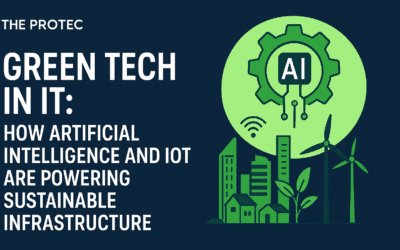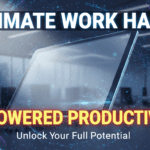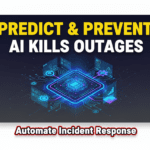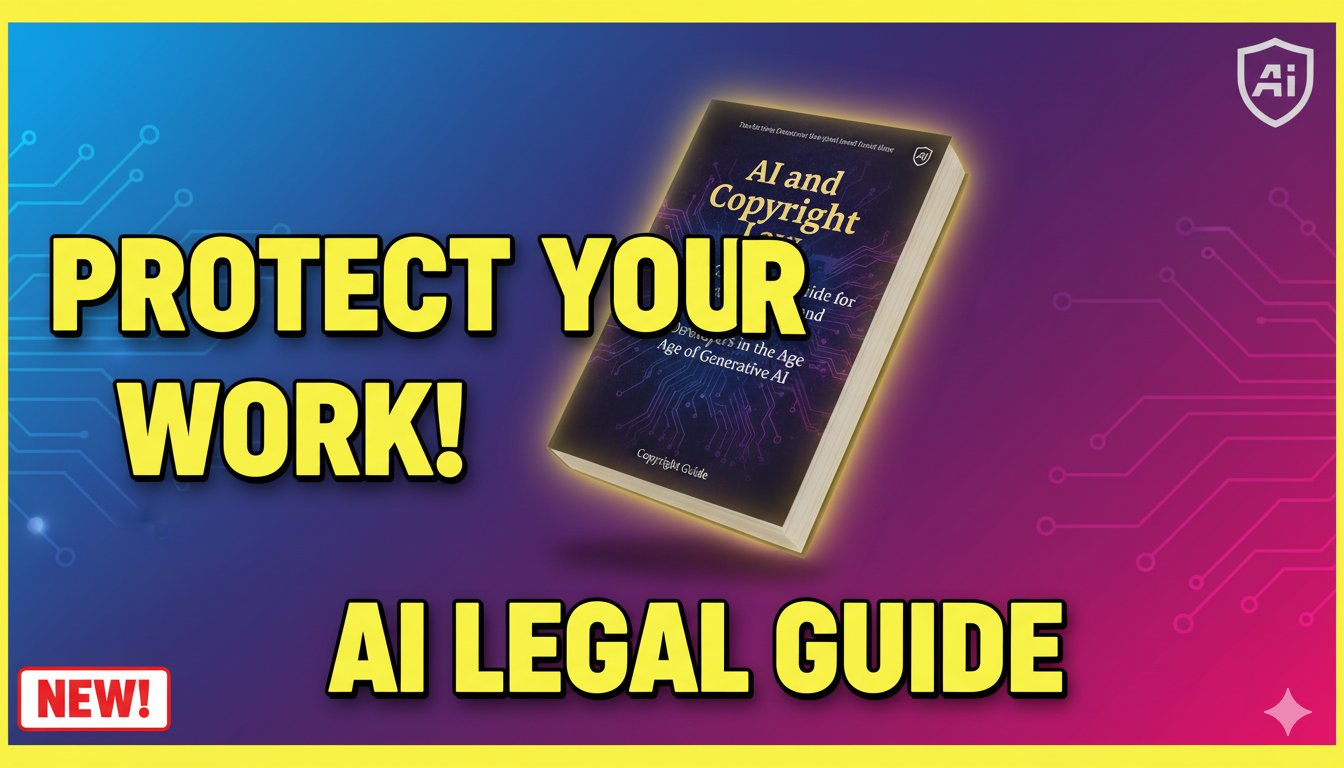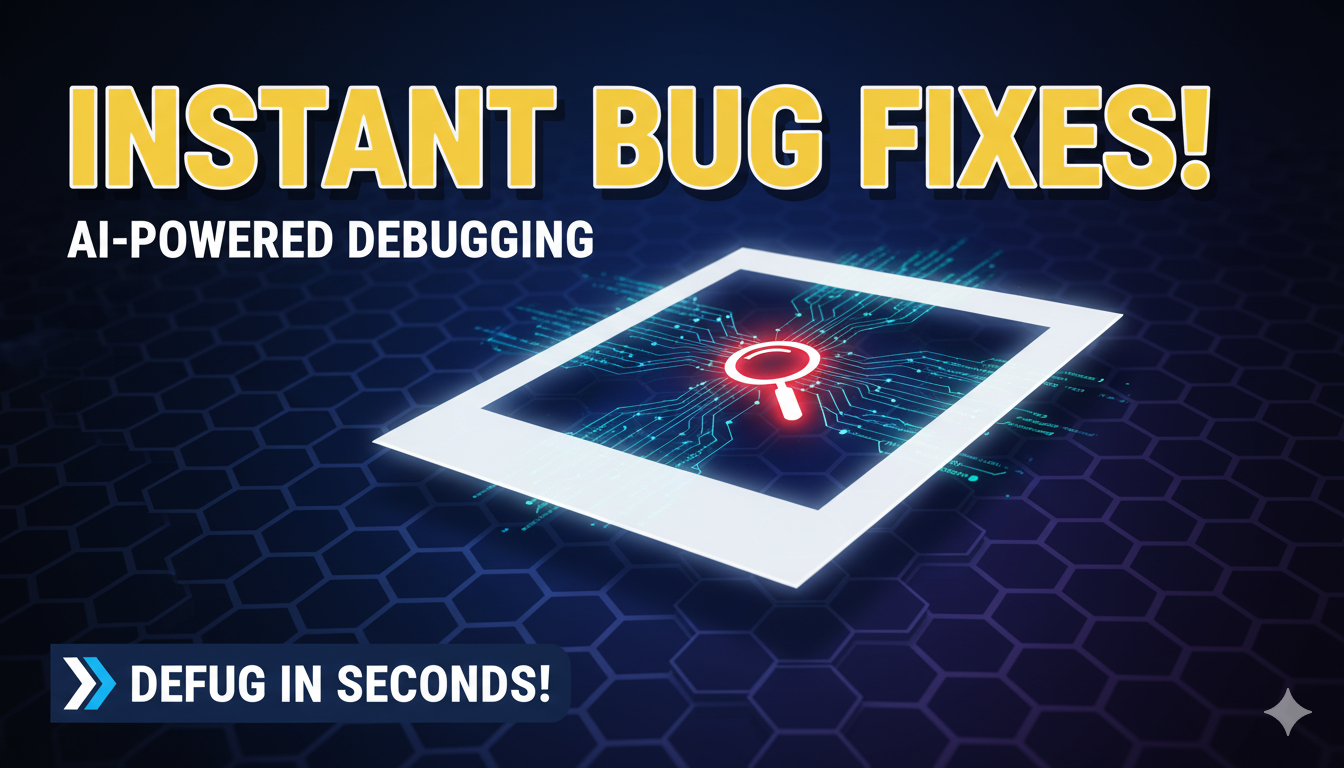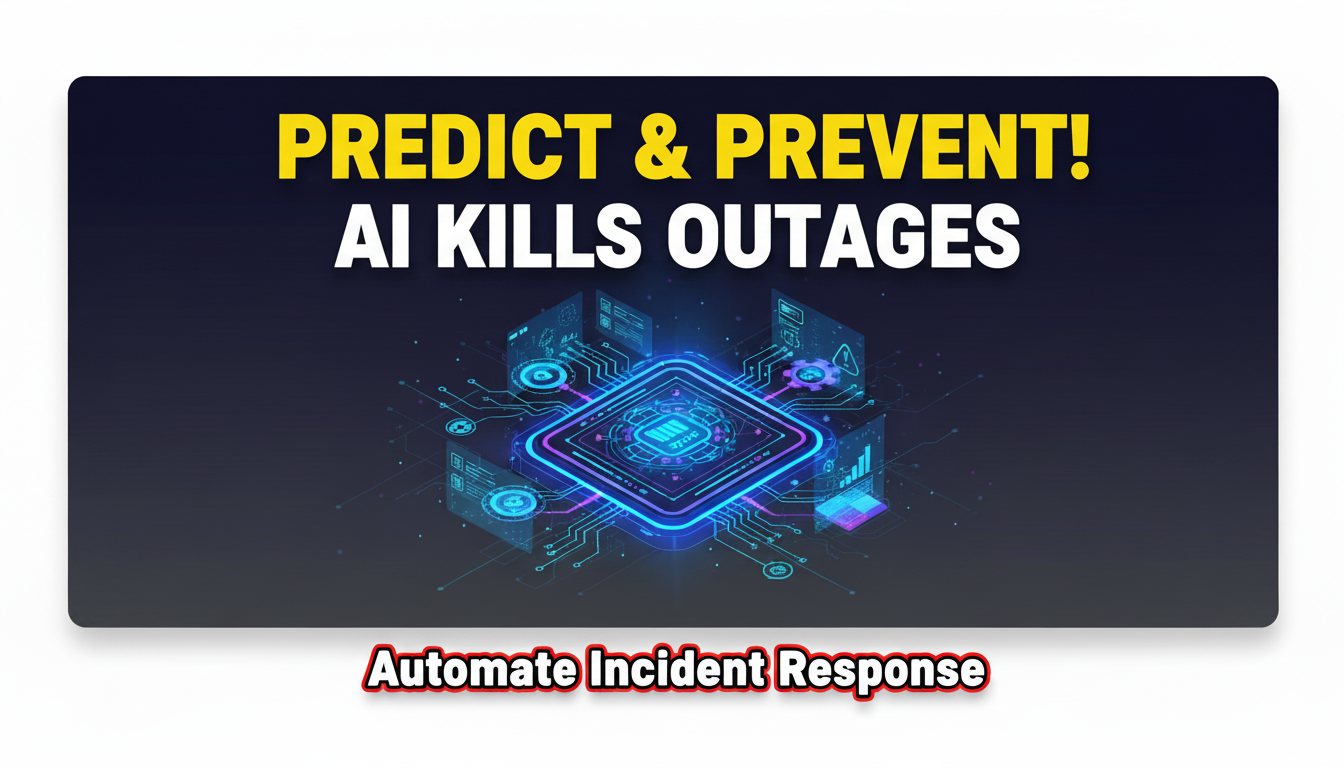Imagine a workday where your creative and strategic capacities are amplified, not by working longer hours, but through a seamless partnership with artificial intelligence. This is the reality for the AI-augmented employee, a professional who leverages AI as a powerful ally to handle routine tasks, generate insights, and unlock new levels of productivity and innovation. By 2028, this human-AI collaboration has moved from a competitive advantage to a core component of the modern workforce. This post pulls back the curtain on a typical day for a professional in 2028, showing how AI augmentation is fundamentally transforming work, one task at a time.
A Morning Orchestrated by AI
Anya Sharma, a Product Marketing Manager, starts her day not with an overwhelming inbox, but with a concise briefing from her AI assistant, “E.V.A.” (Enhanced Virtual Assistant). This isn’t a simple calendar reader; it’s an intelligent partner that has analyzed her priorities, meeting schedules, and project timelines.
- Intelligent Prioritization: E.V.A. presents a synthesized overview of her day, highlighting the three most critical decisions she needs to make and flagging a potential bottleneck in a collaborative project with a colleague, Mike .
- Automated Workflow Initiation: When Anya is asked to create a slide deck for a leadership review, she doesn’t start from a blank slate. She instructs E.V.A. to draft the presentation based on last quarter’s performance data and recent strategic discussions. The AI handles data pulling, initial chart generation, and copy drafting, allowing Anya to focus on the narrative and key messages .
This morning routine reflects a broader trend: by 2028, over 20% of digital workplace applications use AI-driven personalization algorithms to create adaptive experiences tailored to each worker’s role and habits, dramatically boosting satisfaction and productivity .
Deep Work: The Human-AI Collaboration
By mid-morning, Anya enters a state of deep work. Here, the true power of augmentation shines, moving beyond automation to genuine collaboration.
- Data Synthesis, Not Just Collection: Anya needs to analyze a new market segment. Instead of spending hours gathering reports, her AI tools instantly synthesize data from industry reports, social sentiment, and competitor news, providing a summarized analysis with key trends and potential risks. This allows her to apply human judgment to strategic implications rather than data-wrangling .
- From Execution to Orchestration: Anya’s role has evolved from a doer to an orchestrator. Research from Boston Consulting Group shows that future-built companies, which embrace this model, are 2.5 times more likely to focus on reshaping and inventing workflows . She designs the processes that her AI agents execute, verifying their outputs and guiding the overall strategy.
This collaboration is yielding significant measurable benefits. Companies successfully building AI-augmented workforces expect AI-enabled revenue increases of 14.2% and cost reductions of 13.6% by 2028 .
Navigating the New Workplace Dynamics
The 2028 workplace operates on new principles, and Anya’s afternoon interactions highlight this shifted landscape.
- The “Human Review Hour”: Anya’s company mandates a protected “human review hour” each afternoon. This is when employees review and approve the work orchestrated by their AI assistants, ensuring human oversight and accountability .
- The Performance Gap: A challenge emerges with her colleague, Mike, whose project is falling behind. The root cause is his reluctance to fully adopt AI tools. While legislation like the fictional “Government AI Act of ’25” makes it illegal to force employees to use AI, it is legal to hold them accountable for performance. This creates a clear divide between augmented and non-augmented staff, a challenge 94% of leaders are facing today with AI-critical skill shortages .
The Quantifiable Impact of Augmentation
The story of the AI-augmented employee is backed by hard data. This isn’t about replacing humans; it’s about a powerful synergy that drives growth.
- Productivity and Growth: Firms that extensively use AI don’t shrink; they grow faster. A large increase in AI adoption is linked to about 6% higher employment growth and 9.5% more sales growth over five years .
- Economic Shift: AI is projected to increase overall productivity and GDP by 1.5% by 2035 . This is driven by augmenting roles, with studies showing that even in high-wage roles heavily exposed to AI, employment can grow as boosted firm productivity creates more demand for human skills .
The following table summarizes the key differences between the traditional and AI-augmented work models:
| Aspect | Traditional Work Model (Pre-AI) | AI-Augmented Work Model (2028) |
|---|---|---|
| Core Focus | Task execution & process management | Strategy, orchestration, & innovation |
| AI’s Role | Non-existent or siloed tool | Integrated collaborator & co-pilot |
| Key Skills | Specialized domain knowledge | AI literacy, prompt engineering, & critical thinking |
| Output | Linear, limited by human bandwidth | Exponential, amplified by AI capabilities |
| Workflow | Manual, repetitive tasks | Automated processes with human oversight |
Becoming an AI-Augmented Professional
The transformation to an AI-augmented workforce requires proactive steps from both individuals and organizations.
- For Professionals:
- Embrace Hands-On Use: Don’t wait for mandated tools. Experiment with different AI applications to build skills and confidence .
- Develop AI Literacy: Move beyond basic use. Learn effective prompt engineering, how to evaluate AI outputs, and how to lead AI-augmented teams .
- Focus on Human-Centric Skills: Strengthen the skills AI lacks: creative problem-solving, ethical judgment, empathy, and interpersonal communication .
- For Organizations:
- Invest in Reskilling: Treat upskilling as a core strategic investment, not a side project. Over half of leaders are already implementing structured programs to train employees in AI collaboration .
- Redesign Roles and Workflows: Fundamentally rethink job descriptions around human-AI collaboration, shifting work from execution to design and verification .
- Establish Ethical Governance: Implement robust frameworks for privacy, bias evaluation, and human review to build trust and ensure responsible AI use .
Conclusion: A Partnership Defining the Future
The day in the life of an AI-augmented employee reveals a future not of job displacement, but of job transformation. The focus shifts from the mundane to the meaningful, from repetitive tasks to strategic innovation. The AI-augmented employee is more productive, more strategic, and more engaged, operating at the intersection of human creativity and machine intelligence. As we look toward 2028 and beyond, the organizations and individuals who thrive will be those that embrace this co-evolution, recognizing that the ultimate competitive advantage lies in the unique combination of human and artificial intelligence.
Sources and References
- McKinsey Global Institute: “Generative AI and the future of work in America”
- Gartner: “Top 10 Strategic Technology Trends for 2024”
- World Economic Forum: “Future of Jobs Report 2023”
- Boston Consulting Group: “Turning AI’s Promise into Performance”
- MIT Sloan Management Review: “The Productivity J-Curve”
- Deloitte Insights: “The AI-augmented workforce”
- Harvard Business Review: “How to Win with AI”




